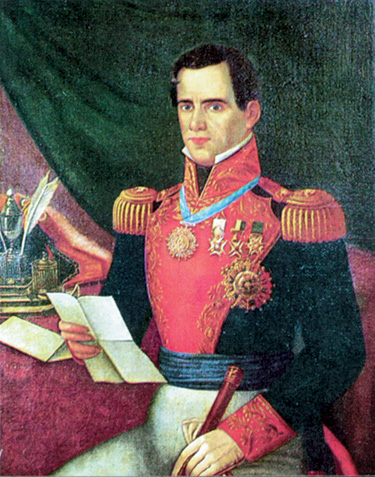 One of the most decisive battles in American history is also one little discussed, the April 21, 1836 Battle of San Jacinto. Vastly overshadowed in legend by the previous February-March siege of the Alamo, San Jacinto ultimately wrenched Texas from Mexico and laid it up for the burgeoning United States. Just
One of the most decisive battles in American history is also one little discussed, the April 21, 1836 Battle of San Jacinto. Vastly overshadowed in legend by the previous February-March siege of the Alamo, San Jacinto ultimately wrenched Texas from Mexico and laid it up for the burgeoning United States. Just
beyond were the Southwest and California—Anglos expanding from the Atlantic to the Appalachians country of 1783 would follow their Manifest Destiny to the Pacific.
In one sense the Texas revolt against Mexico in 1835 and its ultimate success demonstrates the adage: “Possession is nine tenths of the law.” Mexico won her independence from Spain in 1822 but stable government was hard to establish. By 1833 the reins of power had been seized by the vainglorious Santa Anna who imposed a military dictatorship. This did not sit well with the American settlers who had emigrated from Tennessee, Arkansas, and other points east.
Many immigrants wanted greater autonomy within the Mexican empire. Perhaps a lighter hand and accommodation by Mexico could have retained Texan ties to Mexico City, but with Anglos greatly outnumbering Latinos north of the Rio Grande, perhaps not. Santa Anna, victor over Spanish armies, self-styled “Napoleon of the West,” cracked down and set off north to crush the rebellious Texans. A group of them held their ground in San Antonio’s Alamo until annihilated. Another 400 fought at Goliad until forced to surrender. Santa Anna ordered them all executed as rebels several days later.
Like so many commanders before and since, the courageous, unconventional Sam Houston retreated in the face of a superior, disciplined, conventional army until he could find the time and the place to pounce. His troops bitter and in near revolt for their desire to fight, through lousy weather and other privations, and while the enemy was burning towns, Houston held the little Texas army together until he could face the federal power on something like equal terms.
Intelligence would then loom large. An aide seized a rider with dispatches that revealed Santa Anna’s scattered dispositions. Houston could attack but a portion of the Mexican host if he acted quickly. By April 20, Houston had turned to face Santa Anna’s advance contingent along the San Jacinto River, near the present-day city named in his honor. In an almost biblical scenario, the two camps faced each other and waited. Day turned to night, night into morning. Santa Anna, with about 1,250 men, preferred the Texans to come out into the open; Houston, with about 800 men, preferred the woods. Noon arrived. Then 3 o’clock. One mile across a grassy plain from the Texans, behind makeshift barricades, the Mexicans grew complacent.
Fatal.
If ever there was a lesson for not letting down your guard in the face of the enemy, this is it.
Houston ordered the attack. Texans in a line 900 yards long marched the mile to the Mexican positions, ending in a wild rush that caught the Mexicans almost literally napping—Santa Anna for one was asleep.
Texan cavalry hit the left flank, concealed infantry the right. Mexican discipline dissolved. Texans didn’t have much more and they cut down hundreds of Mexicans with the cry, “Remember the Alamo! Remember Goliad!”
The main fighting was over in 20 minutes. It was a slaughter, really, more than a battle, which is perhaps one reason the victory is little discussed today. The Texans lost 8 killed, the Mexicans 600 killed and 650 captured.
Santa Anna was forced to leave Texan territory. The war for independence was not over, but San Jacinto made the Texas revolt as good as sealed. Suddenly the Southwest and the Pacific seemed eminently within reach.
Brooke Stoddard
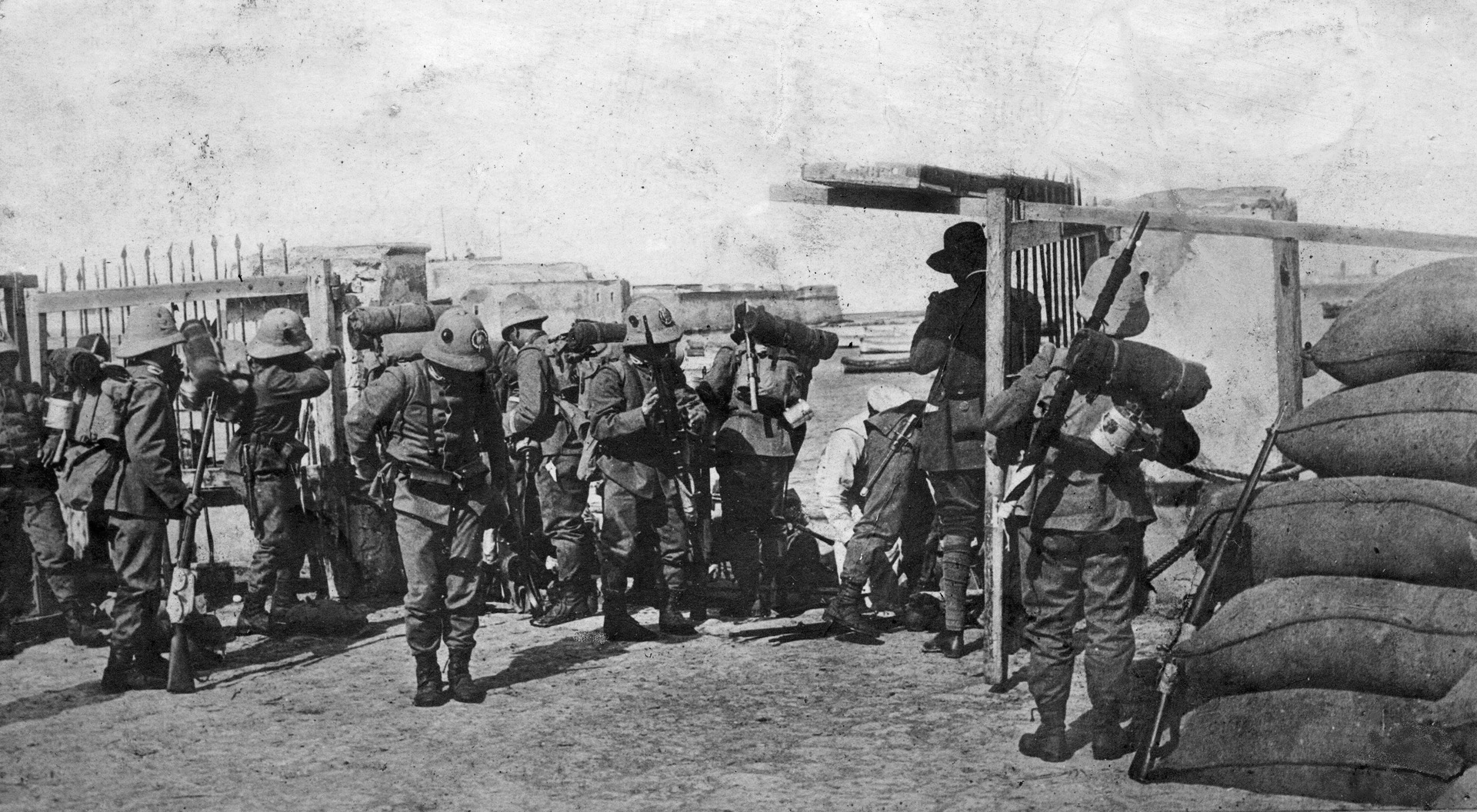
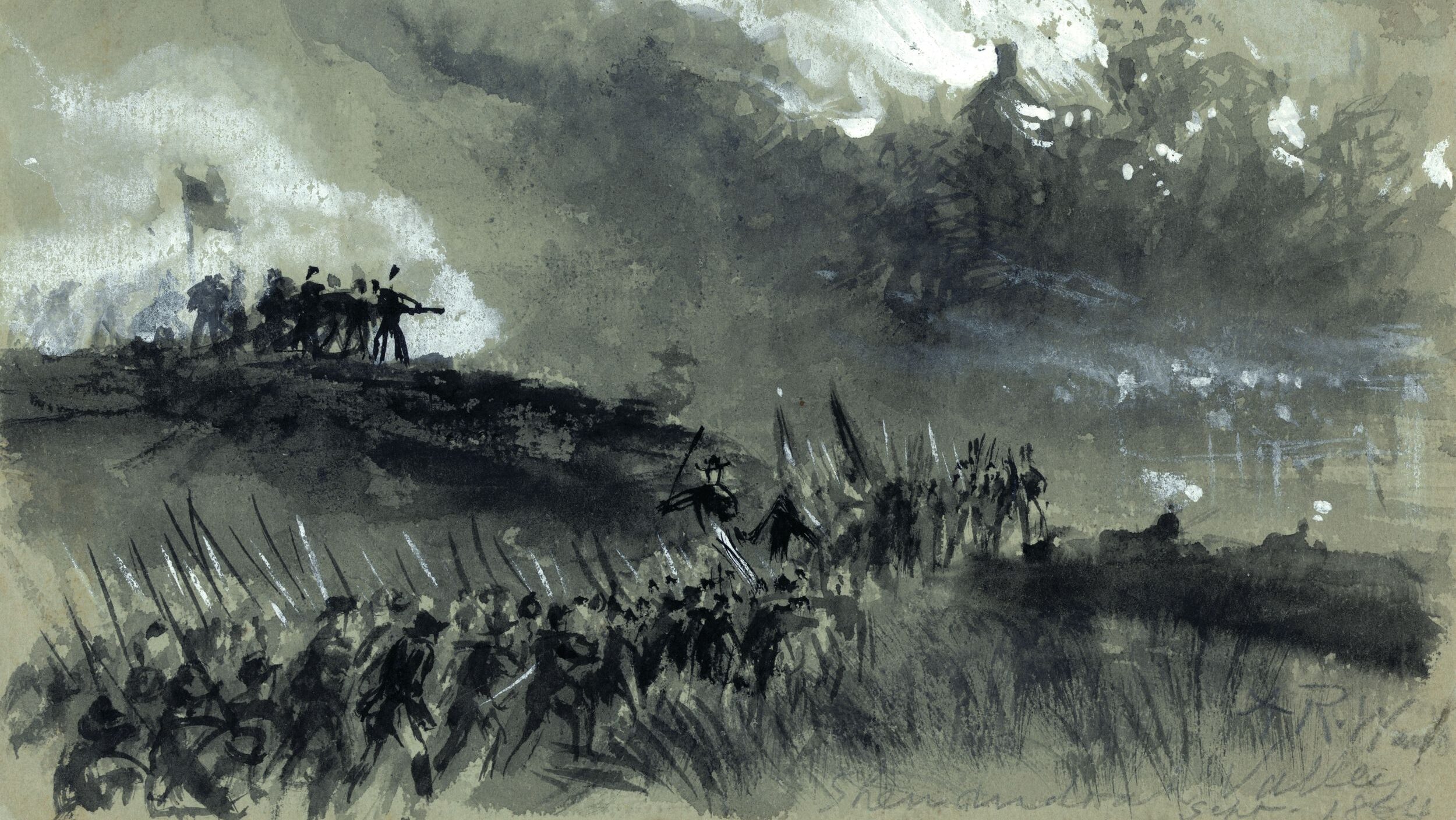
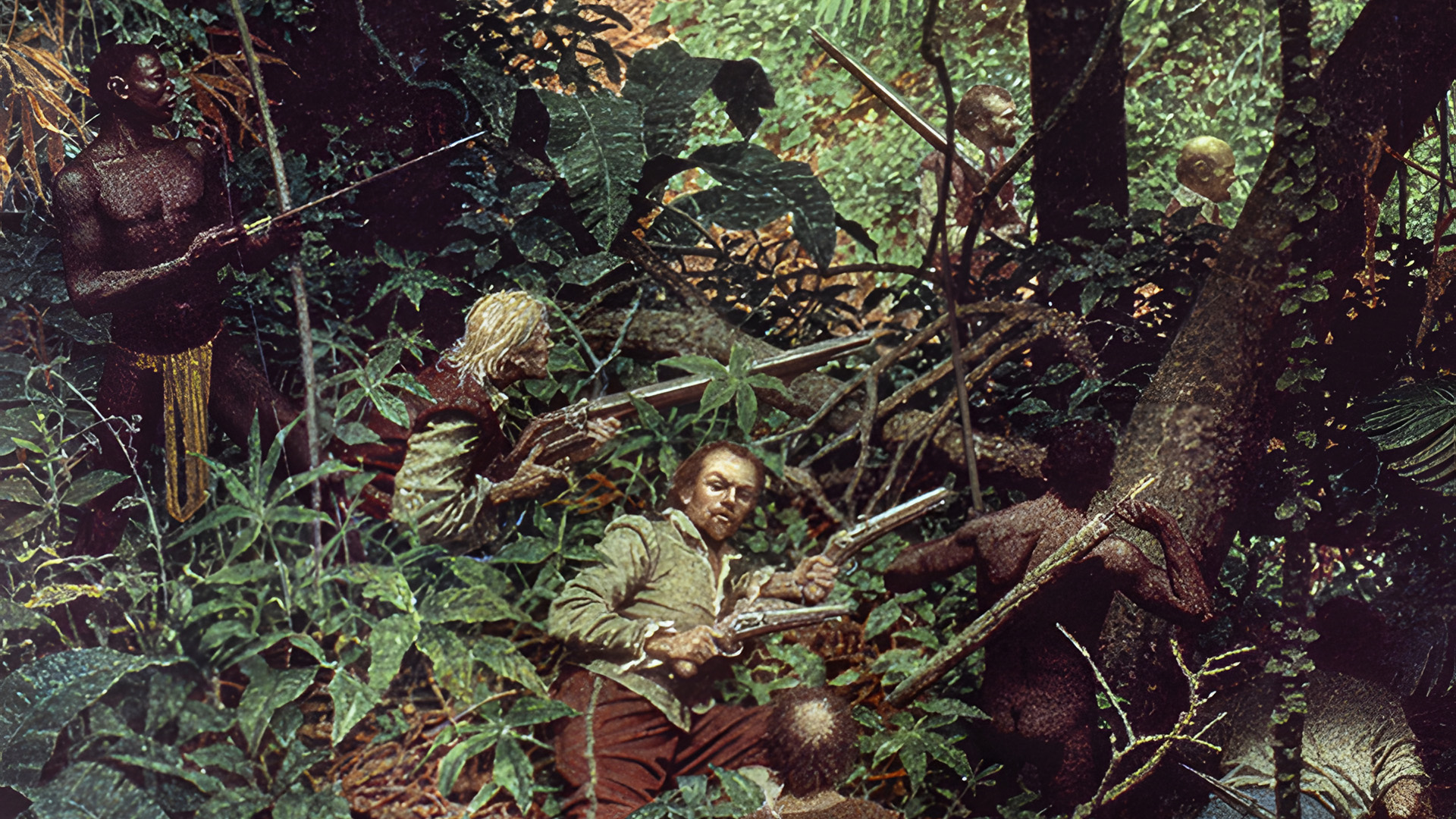
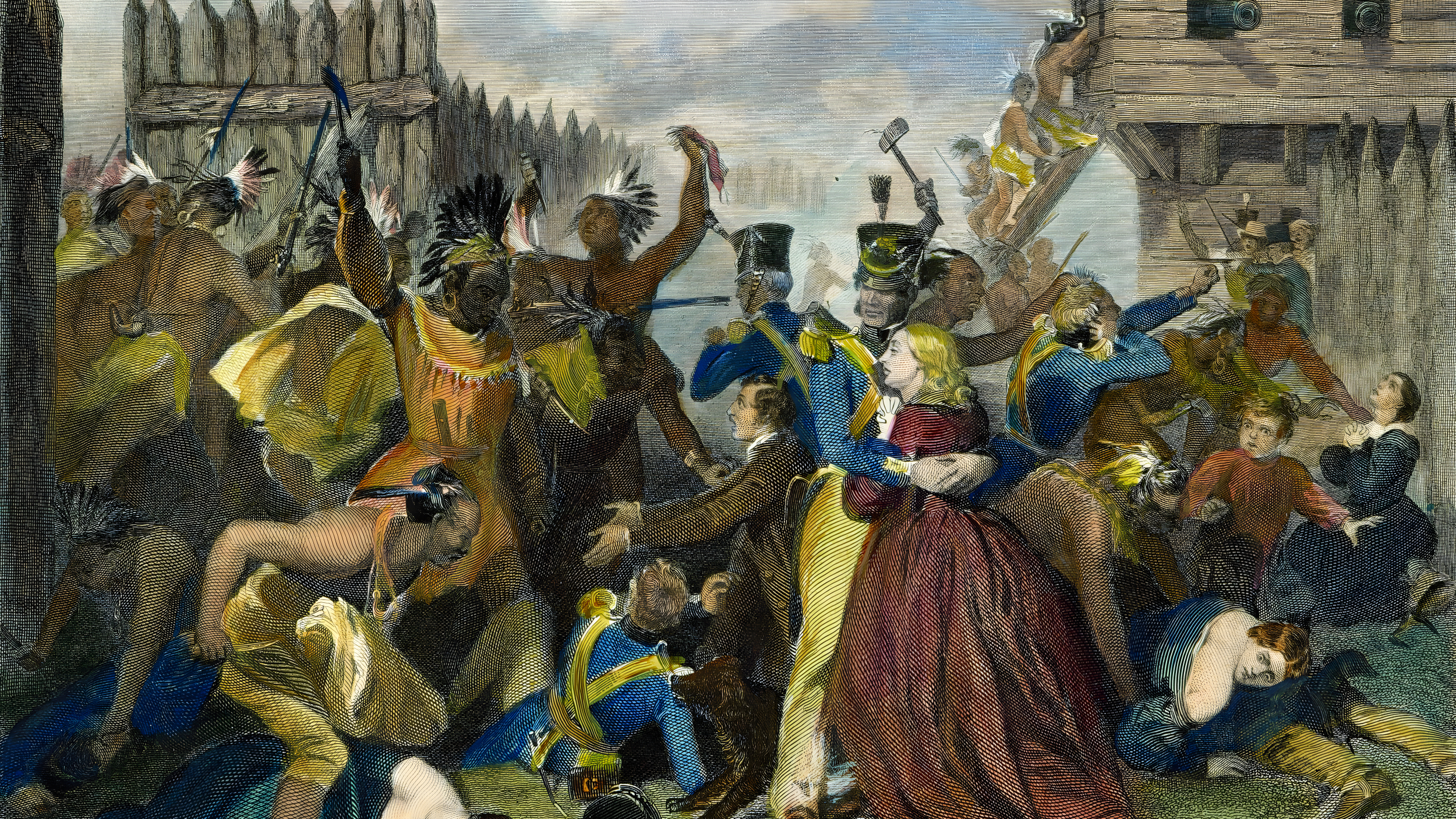
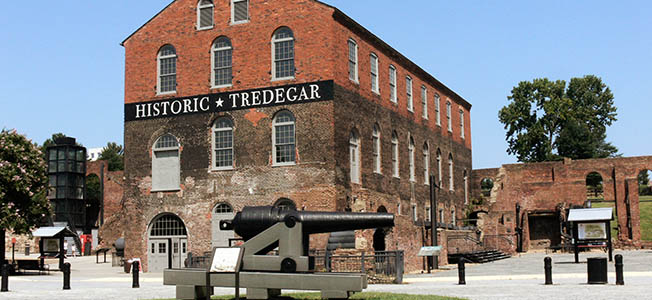
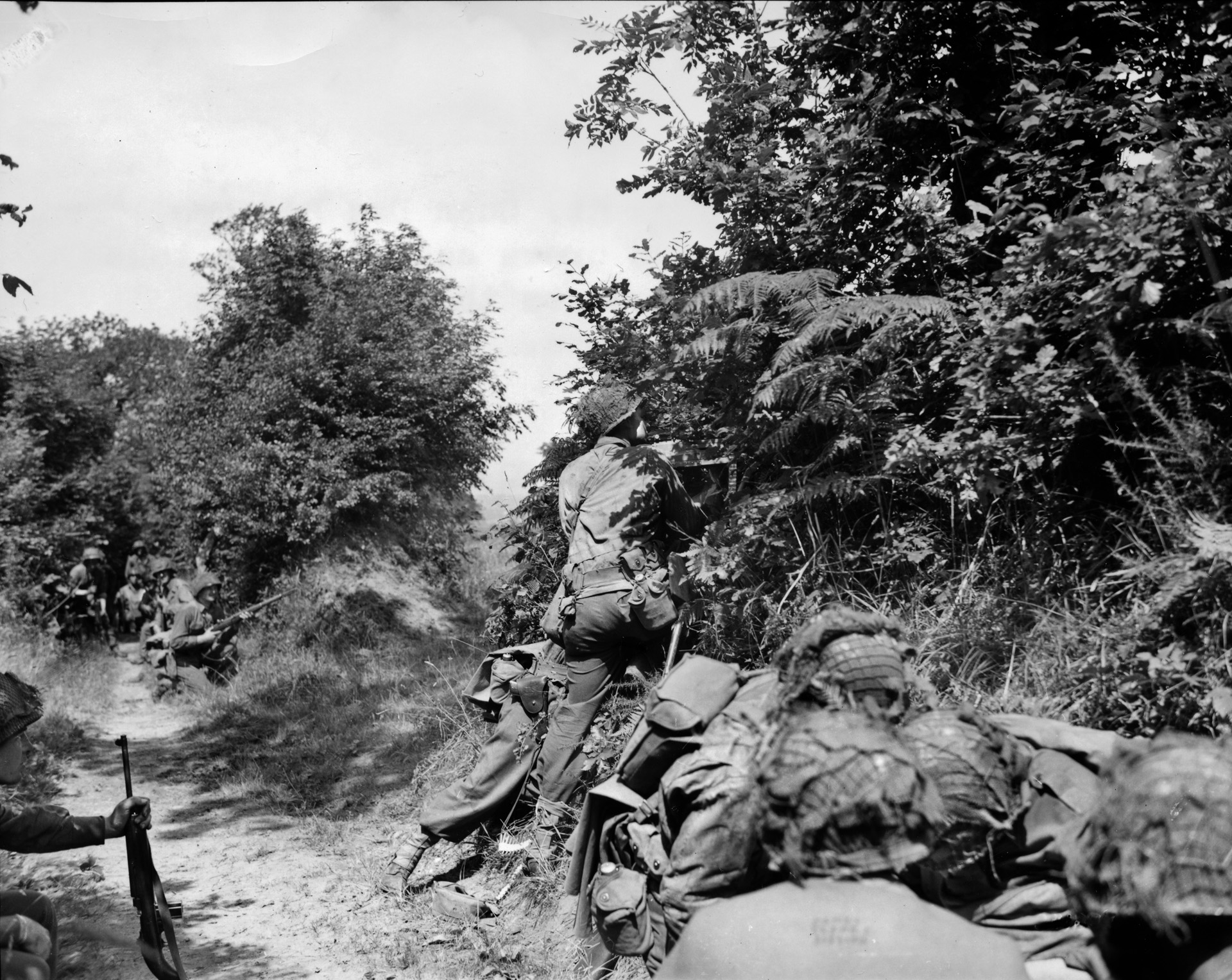
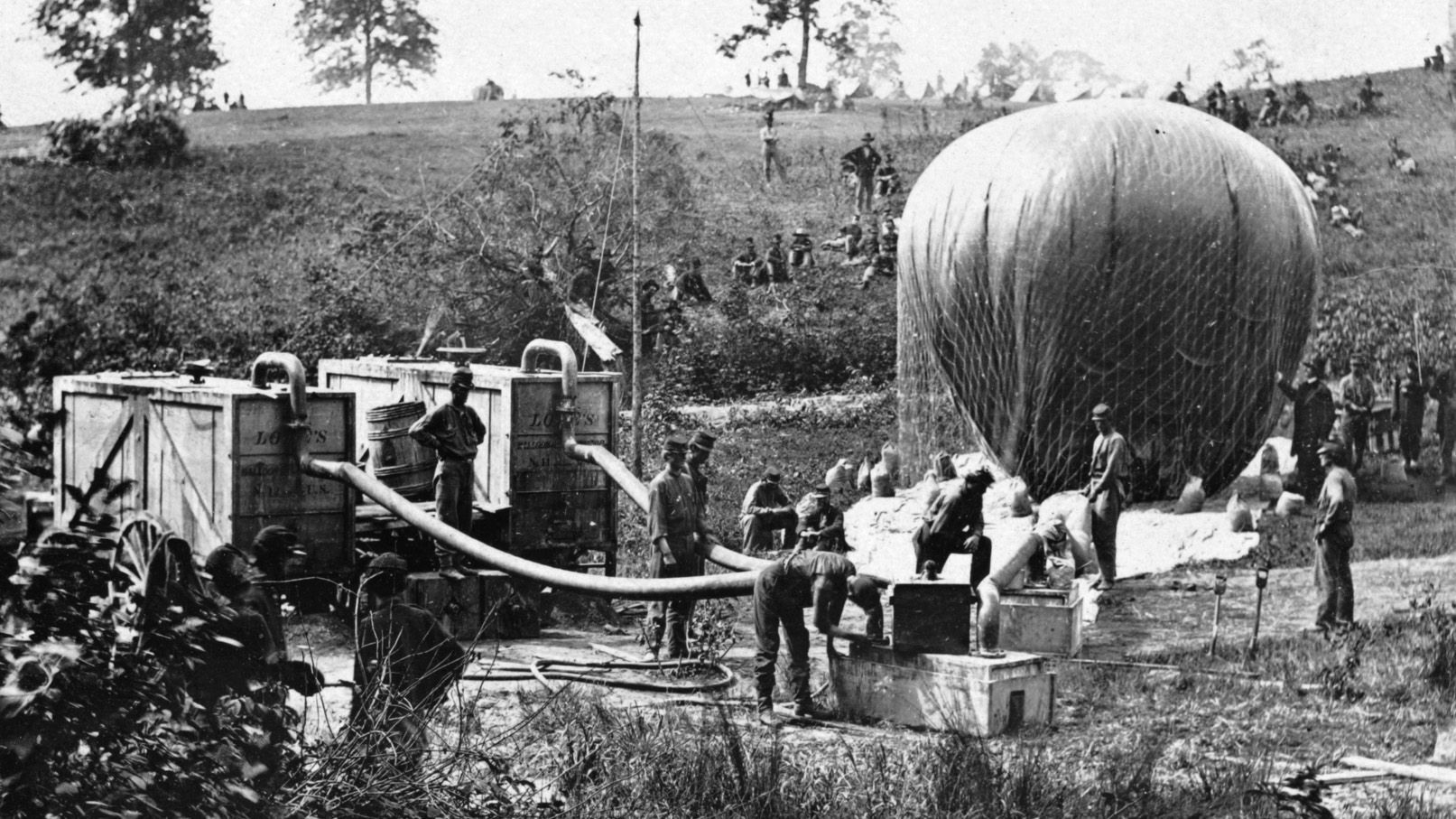
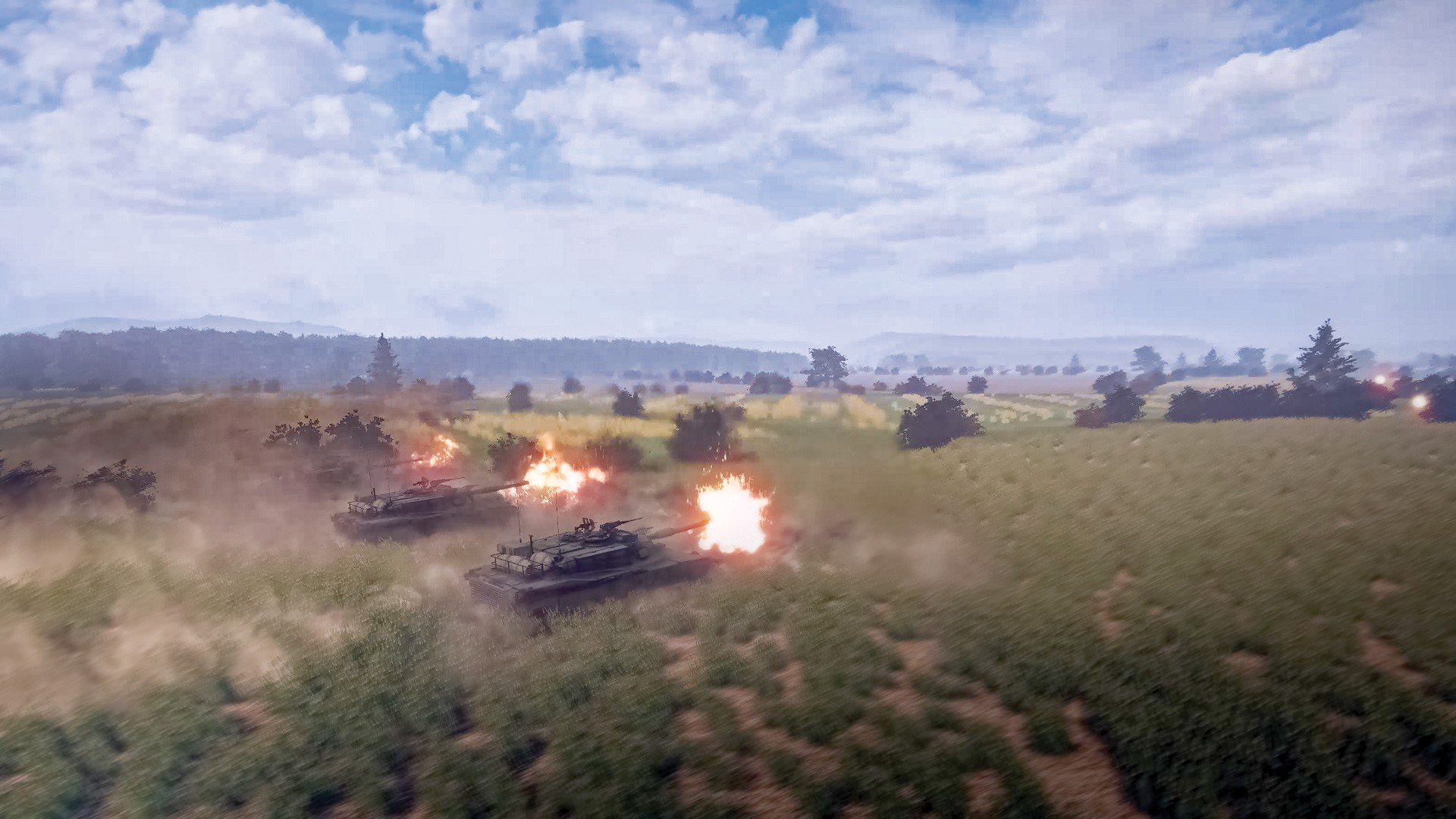
Join The Conversation
Comments
View All Comments